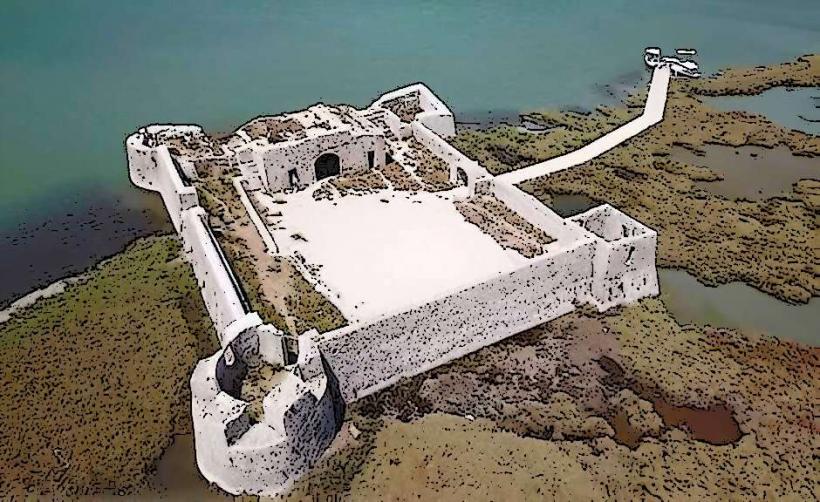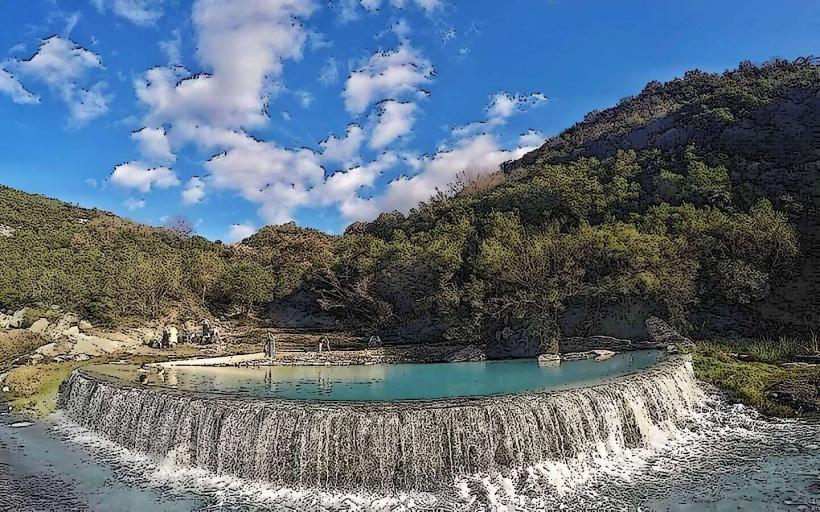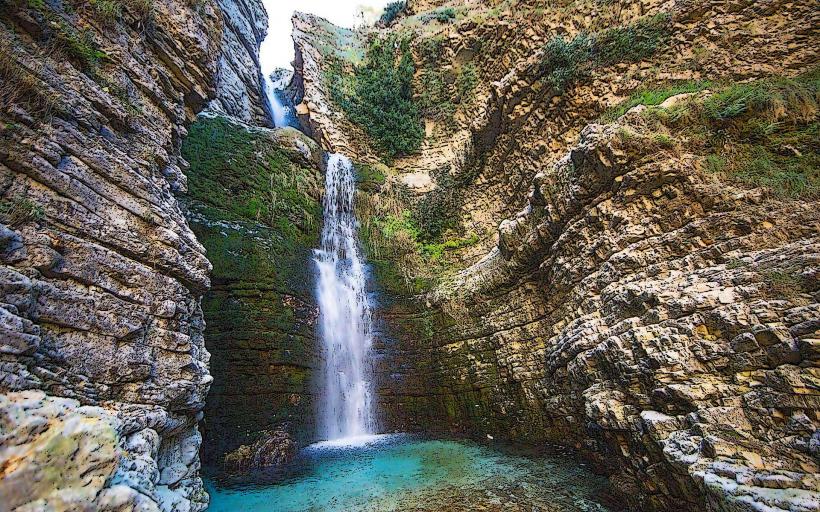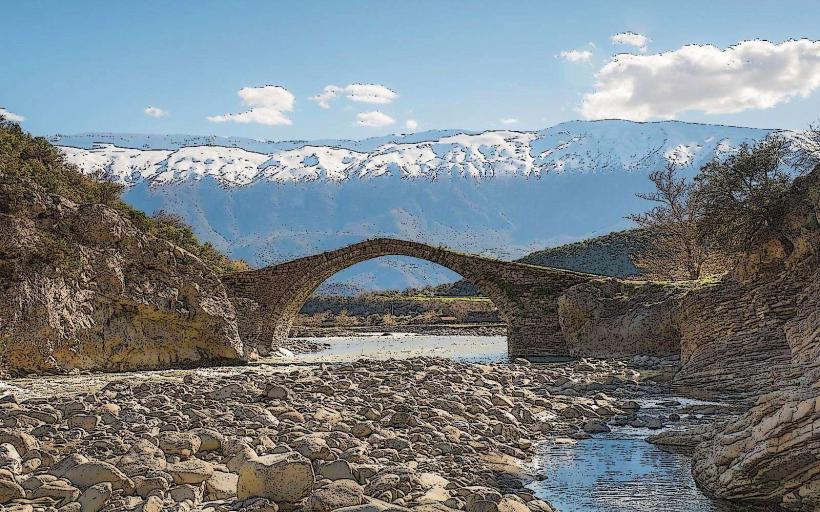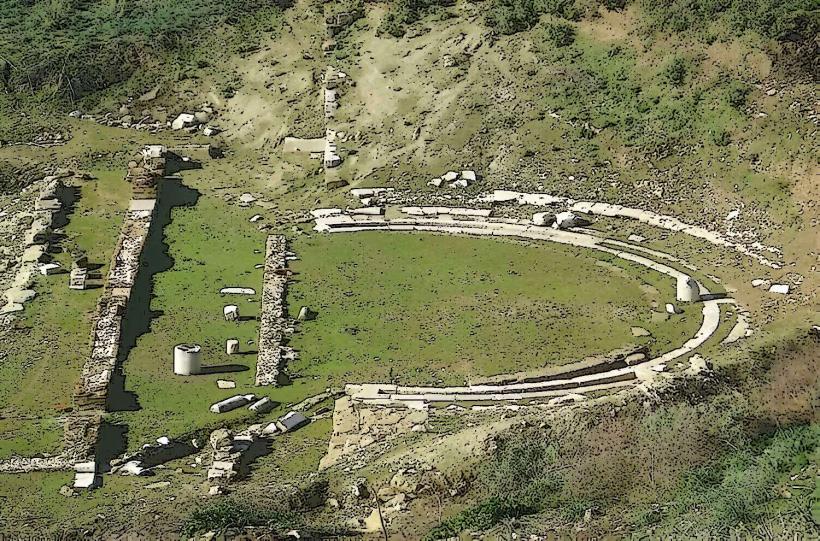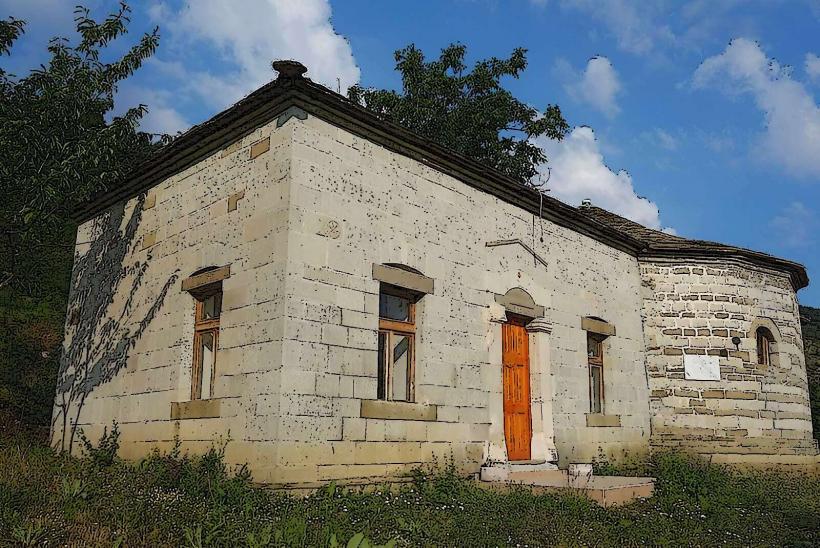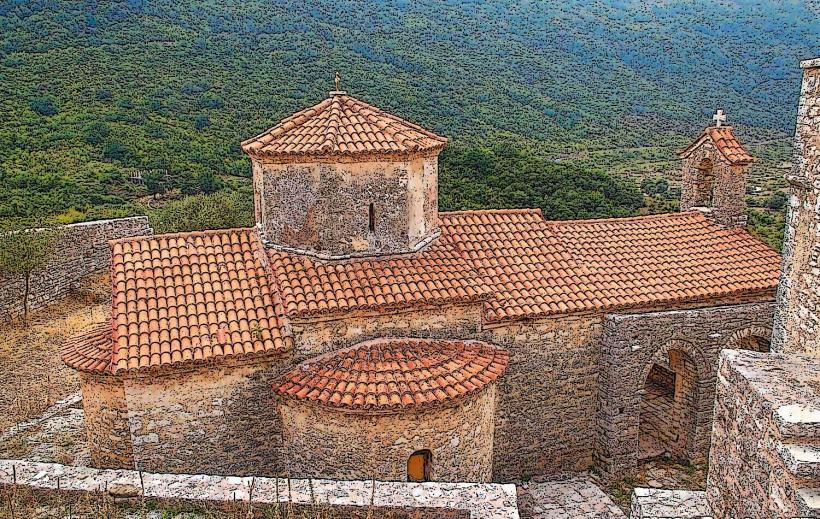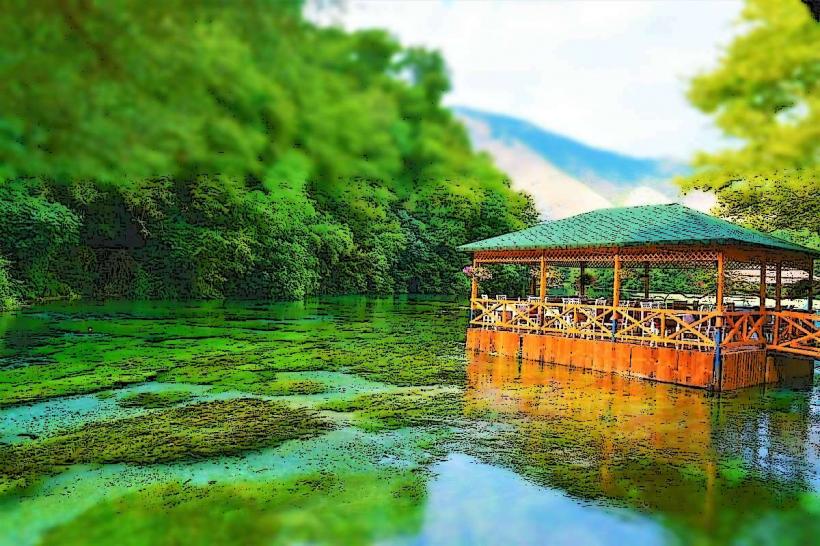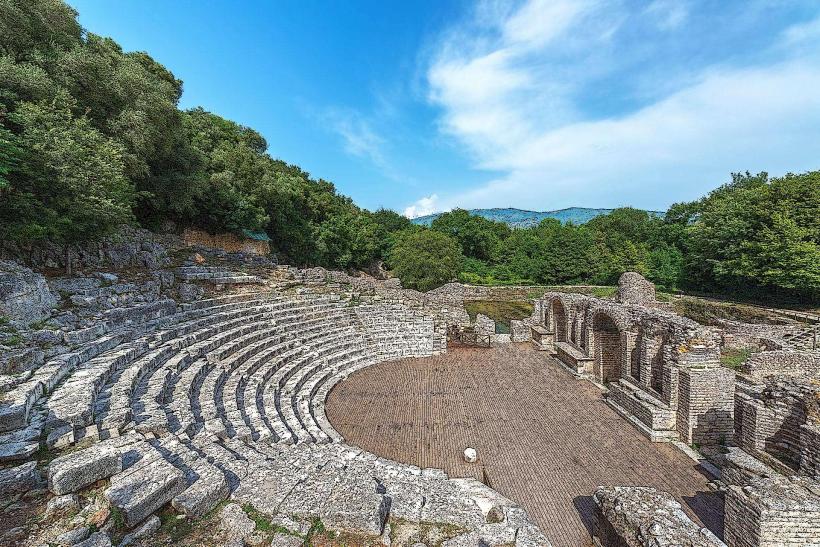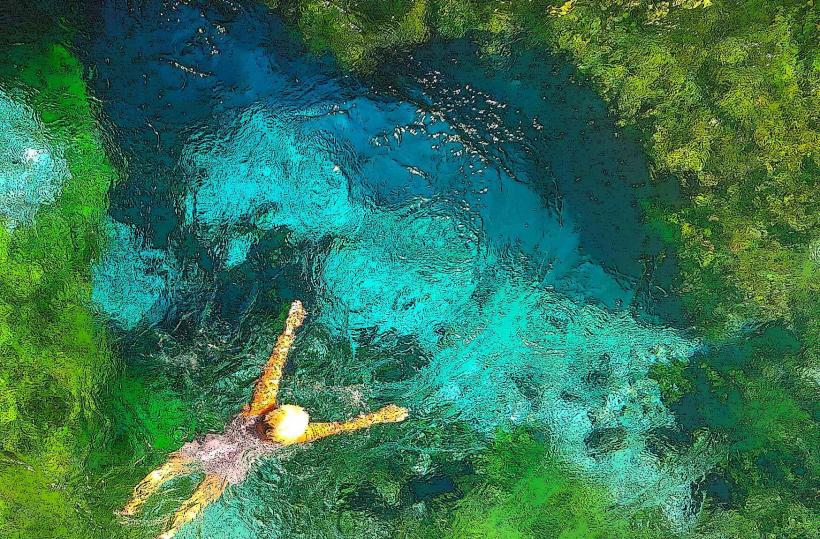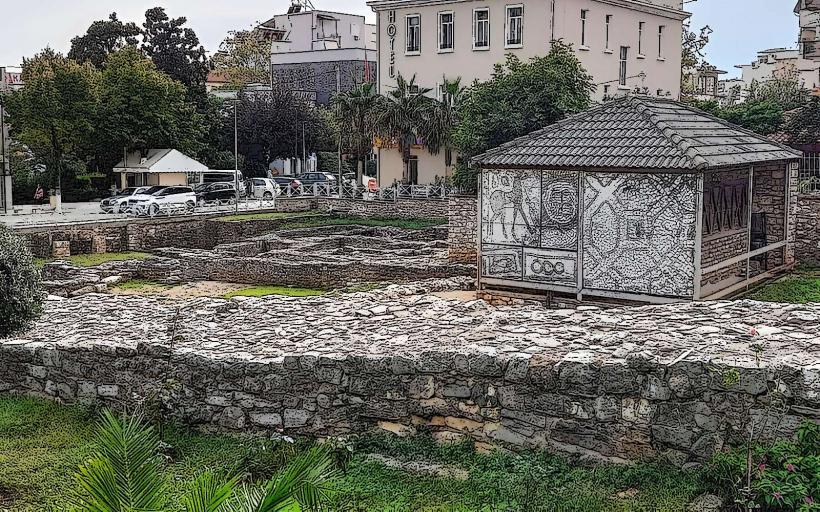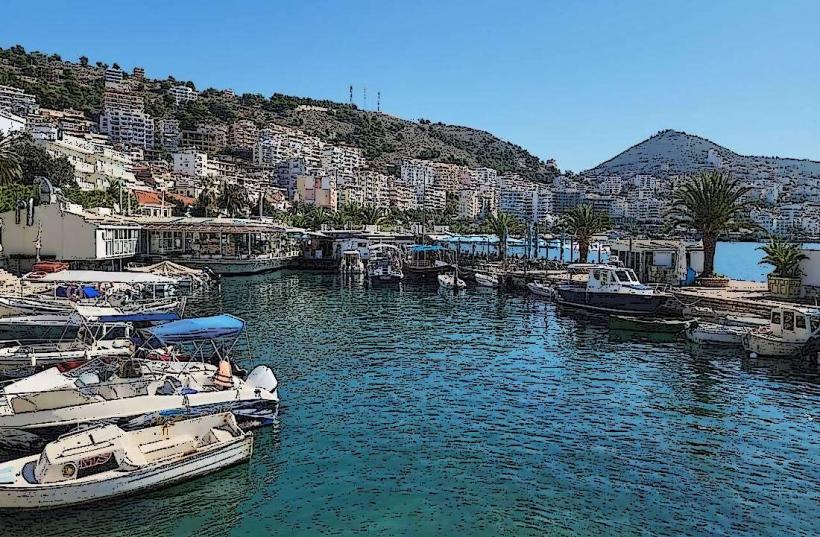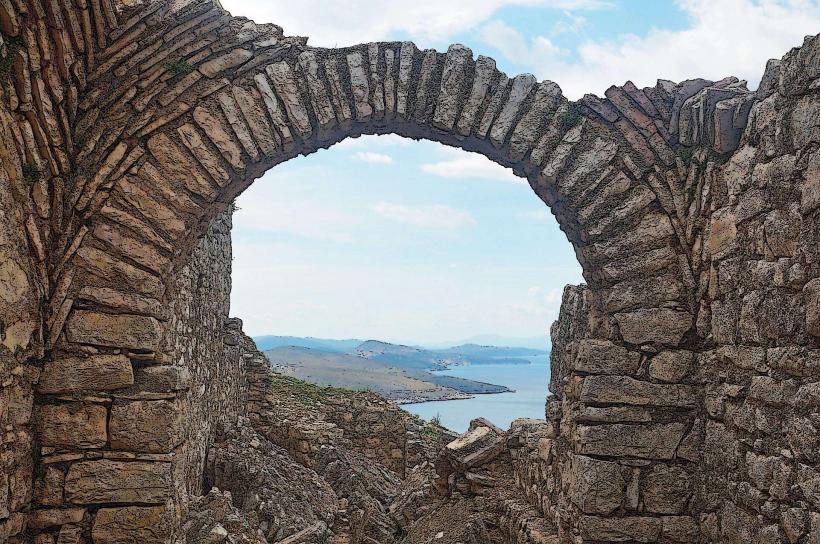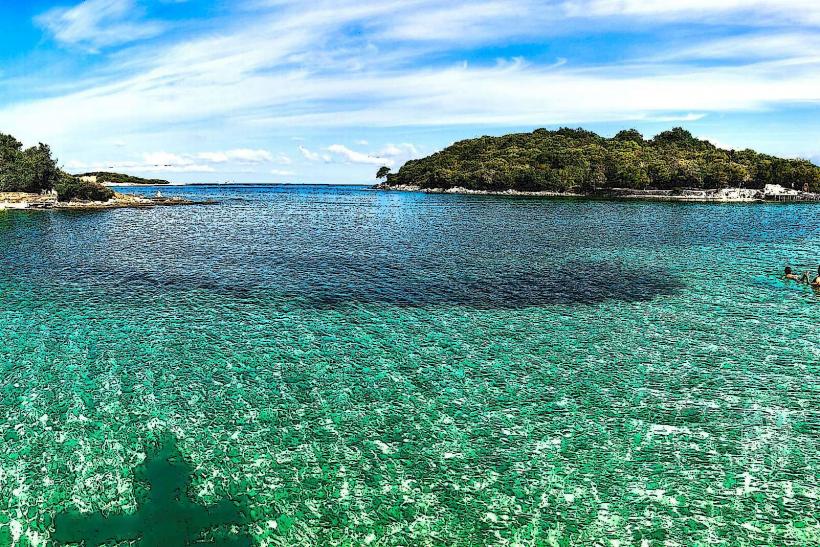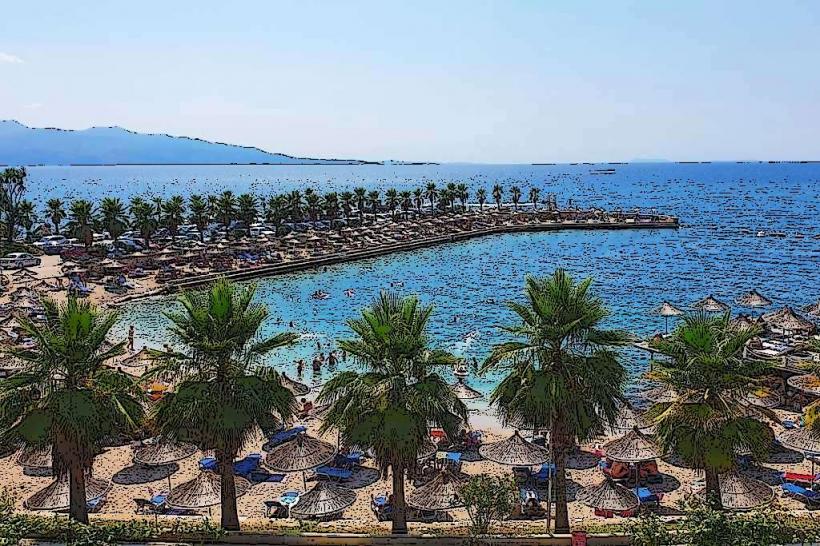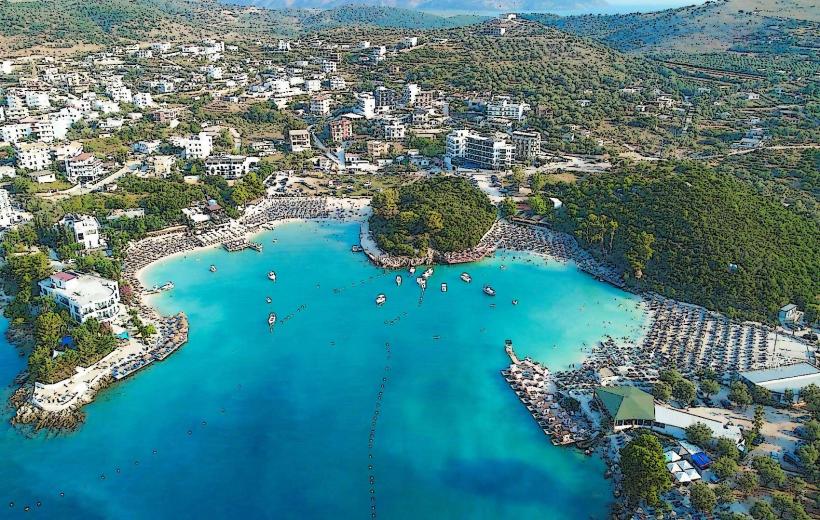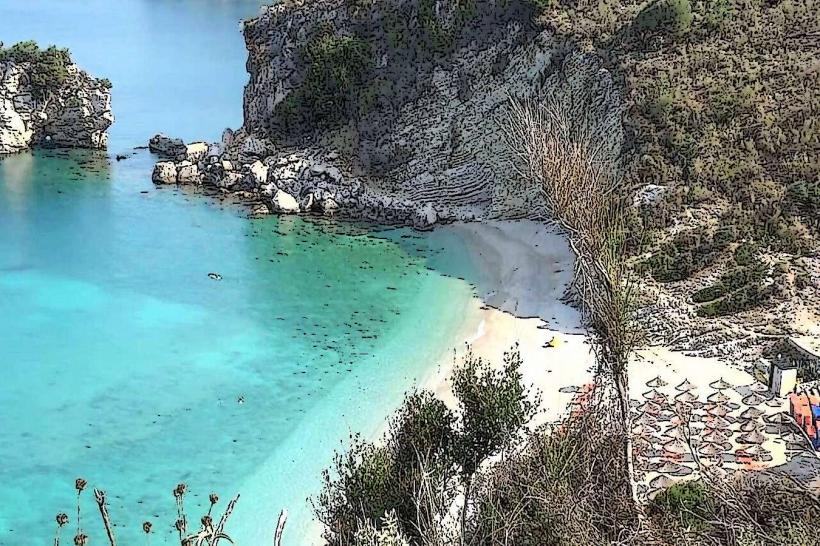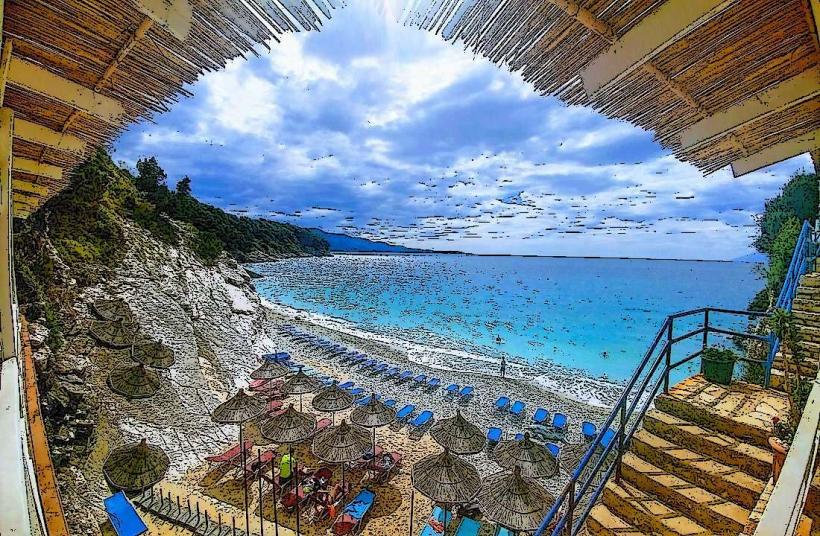Information
Landmark: Vjosa RiverCity: Sarande
Country: Albania
Continent: Europe
The Vjosa River is one of the most important and unique rivers in Albania, known for its natural beauty and environmental significance. It is often considered one of the last remaining wild rivers in Europe due to its free-flowing state, with little to no dams or major human interventions. The Vjosa River has become an iconic symbol of Albania's pristine natural heritage.
Geographical Overview
Source and Course: The Vjosa River originates in the Pindus Mountains of Greece, where it is known as the Aoos River. It flows northward into Albania, crossing the Albanian Alps and passing through several towns and villages before emptying into the Ionian Sea near the town of Vlorë. The river's total length is approximately 270 kilometers (170 miles), with about 160 kilometers of it flowing through Albania.
Tributaries: The Vjosa has several tributaries, including the Shushica, Devoll, and Morava rivers. These tributaries contribute to the river’s flow, making the Vjosa an important watercourse for the region.
Ecological Significance
Biodiversity: The Vjosa River and its surrounding ecosystems are home to a rich variety of wildlife and plant species. The river’s natural state supports a range of endangered species, including the Danube Salmon and European otter. Its floodplains are critical habitats for waterfowl and other migratory birds.
Wild River: One of the key features that set the Vjosa apart is its lack of dams or large-scale regulation. While many rivers in Europe and elsewhere have been altered for hydroelectric power or flood control, the Vjosa remains one of the few wild rivers in Europe, flowing freely through rugged terrain, forests, and wetlands. This makes it an important natural asset for Albania and the wider Balkans.
Vjosa Protected Area: The Vjosa River has been designated as a protected area, especially in regions like the Vjosa-Narta Protected Landscape. Efforts are ongoing to preserve its natural state and prevent further encroachment, such as proposed hydropower projects that threaten its free-flowing nature.
Tourism and Recreational Activities
Eco-tourism: The Vjosa River has become increasingly popular among eco-tourists, nature lovers, and adventure seekers. Its rugged landscapes, pristine waters, and diverse wildlife offer unique opportunities for activities like:
Kayaking and Canoeing: The river is ideal for water sports like kayaking and canoeing, as its current is relatively gentle in certain sections. Adventurers can paddle through the river's stunning gorge, dense forests, and unspoiled beaches.
Hiking and Trekking: The river’s surrounding areas offer ample opportunities for hiking and trekking, particularly along its banks and in the Vjosa River Gorge, where dramatic cliffs and diverse ecosystems await explorers.
Bird Watching: The river's rich biodiversity makes it a top destination for bird watchers. The floodplains, wetlands, and surrounding forests attract a wide variety of bird species, especially during migration seasons.
Fishing: The Vjosa is also known for its fishing opportunities, especially for species like trout and carp.
Scenic Beauty: The river’s course is dotted with beautiful natural landscapes, including pristine beaches, deep valleys, and forested mountains. Visitors can enjoy the dramatic views, especially in areas like the Vjosa Gorge and near the Vjosa-Narta Wetlands, a vital ecosystem for wildlife.
Conservation Efforts
Threats to the River: Despite its status as a protected river, the Vjosa faces significant threats from hydropower projects. Several large-scale hydropower plants have been proposed or constructed on tributaries of the Vjosa, including the Devoll and Shushica rivers, which could disrupt the river’s natural flow and biodiversity. Environmental activists and organizations have been advocating to protect the river’s free-flowing nature.
Campaigns for Preservation: In recent years, there has been a growing movement to save the Vjosa from hydroelectric projects and other environmental threats. NGOs, environmental organizations, and local communities are working together to raise awareness and push for the river's protection on national and international platforms. One of the most prominent campaigns is the "Save the Blue Heart of Europe" initiative, which focuses on preserving Europe’s last wild rivers, including the Vjosa.
Protected Areas: As part of the efforts to conserve the Vjosa’s unique ecosystem, parts of the river are included in protected areas such as the Vjosa-Narta Protected Landscape, which helps safeguard its environmental and cultural significance.
Cultural and Historical Importance
Historical Sites: The Vjosa River and its surrounding regions are also home to several historical sites, including ancient Roman ruins, Ottoman-era bridges, and other cultural landmarks. The river has played a significant role in shaping the history of the region, providing a key water source for local populations over the centuries.
Tepelena and Ali Pasha: One of the historical highlights along the Vjosa River is Tepelena, the birthplace of the infamous Ali Pasha of Tepelena. The river has served as a crucial natural resource for the region throughout its history, and the town of Tepelena, with its Ali Pasha Tepelena Castle, remains an important cultural and historical site near the river.
Conclusion
The Vjosa River is not only a stunning natural wonder but also an environmental and cultural treasure for Albania. Its free-flowing waters, diverse ecosystems, and scenic beauty make it a key ecological asset, while its historical significance adds depth to its importance. As Albania and international organizations continue to work on protecting the Vjosa, the river stands as a symbol of the fight for environmental conservation and sustainable development in the Balkans. Whether for nature enthusiasts, adventurers, or those interested in Albania's history and culture, the Vjosa River is a must-see destination.

